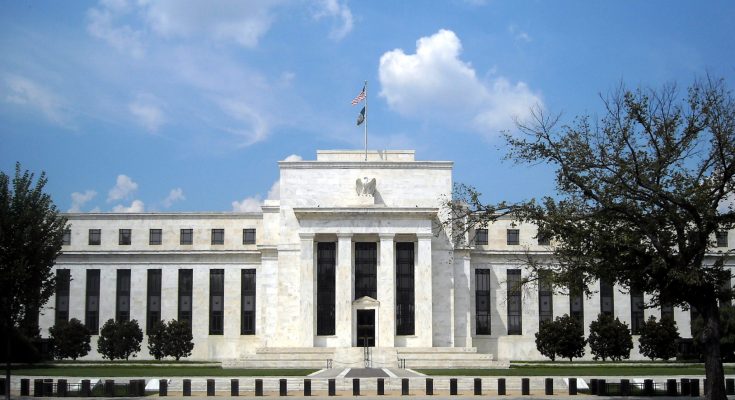My research shows that this is one of the most hawkish Fed rate-hiking regimes ever. It has raised rates seven times during this current cycle and is on pace to raise the Fed Funds Rate(FFR) four times this year and three times in 2019.
But what makes its monetary policy extraordinarily restrictive is that for the first time in history the Fed is also selling $40 billion per month of Mortgage Backed Securities (MBS) and Treasuries starting in Q3 and $600 billion per year come October. Because the Fed is destroying money at a record pace while the rest of the world’s major central banks are still engaged in money printing (QE) and zero interest rate policies (ZIRP), Jerome Powell’s trenchant and unilateral tightening policy is now causing chaos in emerging markets.
Many global equity markets have recently entered into correction mode or are in a bear market. The stock market in Poland is down 15% since January. Brazil is down 21% since February. China’s Shanghai Exchange is down 20% YTD and was down another 1.5% just last night. The Philippines market is down 23% YTD, Italian stocks are down 10% since May, and Argentinian stocks have plunged 33% YTD in dollar terms. In fact, 22 of the world’s biggest and most systemically important banks are also now in a bear market. The truth is currencies are crashing against the Dollar all around the globe. This sort of turmoil can be found in bond markets as well. For example, the Italian Two-Year Note yield surged from -0.36% in January, to 2.7% in May, before falling back to around one percent by the end of June.

The Institute of International Finance calculates that total Emerging Market (EM) debt skyrocketed to $63.4 trillion last year from $21 trillion in 2007 — I guess this is just one of those unintended consequences arising from global central banks offering free money for a decade.
The ugliest part of this picture is the amount of dollar-denominated debt from countries and corporations outside of the U.S. is over $11 trillion, according to the Band for International Settlements. Therefore, the mostly unilateral unwinding of QE and ZIRP from the Fed is causing upward pressure on the value of the dollar and thus vastly increasing the debt burden on foreign borrowers.

